Photo London 2024 Showcases the Boundless Potential of Photography
The annual fair has evolved into a critical platform for artists to explore and expand the boundaries of photographic expression
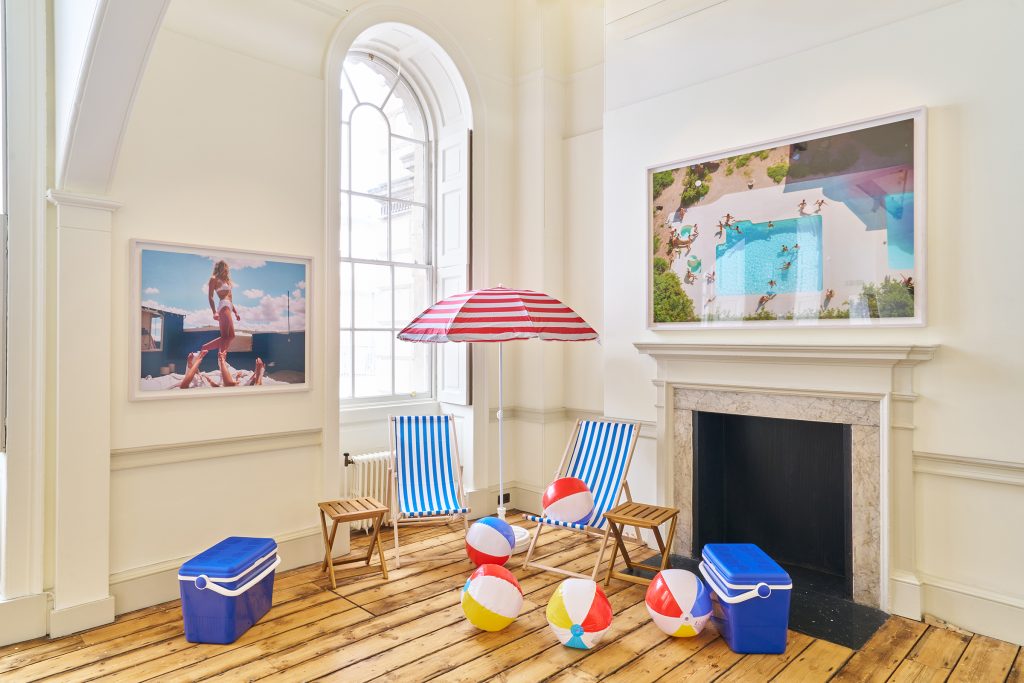
As the historic Somerset House once again became a focal point for the art world, Photo London reaffirmed its status as a premier event in the realm of contemporary photography. Relaunched in 2015, this annual fair has evolved into a critical platform for artists to explore and expand the boundaries of photographic expression. The recently concluded edition presented an extraordinary array of works that epitomized the innovative spirit of the medium.

Highlights include pioneering works that merge photography with cutting-edge technology, transforming still images into dynamic video art and immersive installations. Sculptural pieces that incorporate photographic elements invite viewers to explore the physicality of the medium in novel ways. From the ethereal to the provocative, the fair’s diverse array of exhibits showcases the boundless potential of photography as a versatile and ever-evolving art form.

Amidst the sea of pristine white cubes typical of art fair booths, the presentation by Galerie Bacqueville stood out with its striking blue-painted walls. The deep, immersive blue transformed the booth into a distinct, almost ethereal environment fit for the mesmerizing and complex works by Thomas Devaux. In his series Dichroics, Devaux positions dichroic glass in front of his photographs, encasing them in gold-leafed frames. The interplay between the light, the glass and the gilding creates dynamic, captivating pieces that are challenging to photograph but encourage viewers to interact and capture their reflections.

Trolley Books and Michael Hoppen jointly presented Siân Davey‘s award-winning series and new publication, The Garden. The exhibition aimed to recreate the intimate and beautiful space depicted in Davey’s photographs. In the East Wing of Somerset House, a small, enclosed booth was transformed into an enchanting setting with grass and wildflowers. A centerpiece of the exhibit was the original armchair featured in many of the photographs. Visitors were encouraged to sit in the armchair, peruse the book and appreciate the surrounding flowers and three framed prints.

Spazio Nuovo’s presentation of synthetic photography created by Giuseppe Lo Schiavo was a mesmerizing blend of realism and digital artistry, captivating viewers with its serene depiction of windowed seascapes. The hyper-realistic quality blurs the line between reality and digital manipulation, inviting contemplation on the nature of visual perception and the artifice inherent in all photography. The play of light and shadow on the white walls and floor surrounding the images enhances the lifelike quality, making the scenes appear as though they could be actual views from a contemporary seaside home. The series not only highlights the technological advancements in digital art but also reflects a broader theme of escapism and the longing for connection with nature, themes that resonate deeply in our increasingly digital world.

Verse Solos presented Vacation, a series of 500 works by Finnish artist Roope Rainisto. The exhibition room captures the essence of a summer vacation, featuring vibrant beach-themed photographs and a playful installation with deck chairs, beach balls and a striped umbrella set against a classic architectural backdrop. Rainisto employs AI-based generative techniques to transform idealized holiday images into abstract and distorted scenes. These works explore the artist’s fascination with creating liminal spaces that navigate the boundaries between the familiar and unfamiliar, as well as reality and simulation. Picturesque scenes and idealized notions of escapism are juxtaposed with the unsettling realization that true escape from our lives is unattainable. The works carry an uncanny and sometimes grotesque quality, generating a powerful and often disturbing tension that examines the destabilization of our collective perception of reality. This interplay is a key element in Rainisto’s work, using AI’s imperfections as a deliberate tool to underscore the absurdity within aspirational ideals, reframing the mundane and shifting popular perspectives.

Presented by Leila Heller Gallery, Ryan Koopmans and Alice Wexell’s Spring Sonata is a lens-based artwork from their series The Wild Within, which revitalizes abandoned buildings from bygone eras. Using photography of real-world spaces, the artists digitally transform these sites through three-dimensional techniques. The featured building is an abandoned residence from the 1700s in Northern Italy, with crumbling walls adorned with hand-painted scenes of the myth of Niobe by Nicolò Contestabili. Koopmans and Wexell use this backdrop to unleash their creativity, reinterpreting the space and transforming it into a new state. The artists’ process is taking the architectural ruins, digitally infusing vegetation, modifying structures and lighting, and altering scenes to rejuvenate these empty spaces. The resulting artworks create a surreal blend of past and future, natural and manmade, physical and digital, and real and imaginary. The artwork evokes a sense of surreal tranquility while reflecting on architectural history and its interaction with nature and time. Many buildings featured in The Wild Within have been demolished in recent years, highlighting the theme of time’s passage in the cycle of growth and decay.



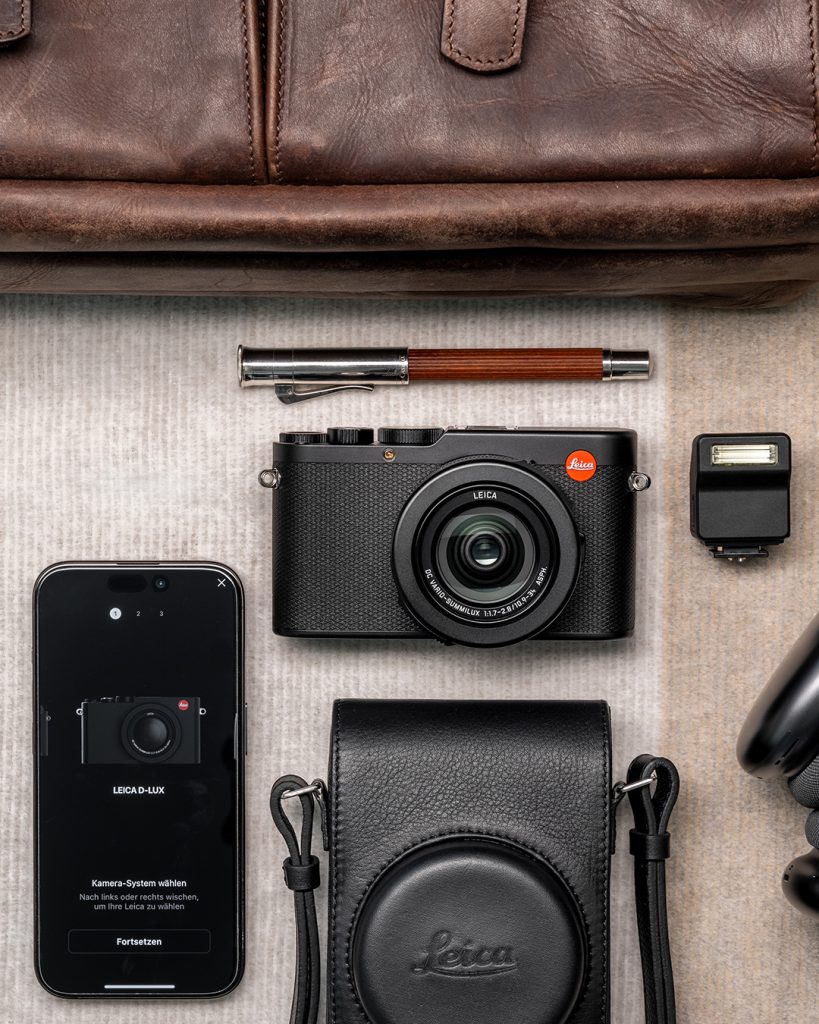
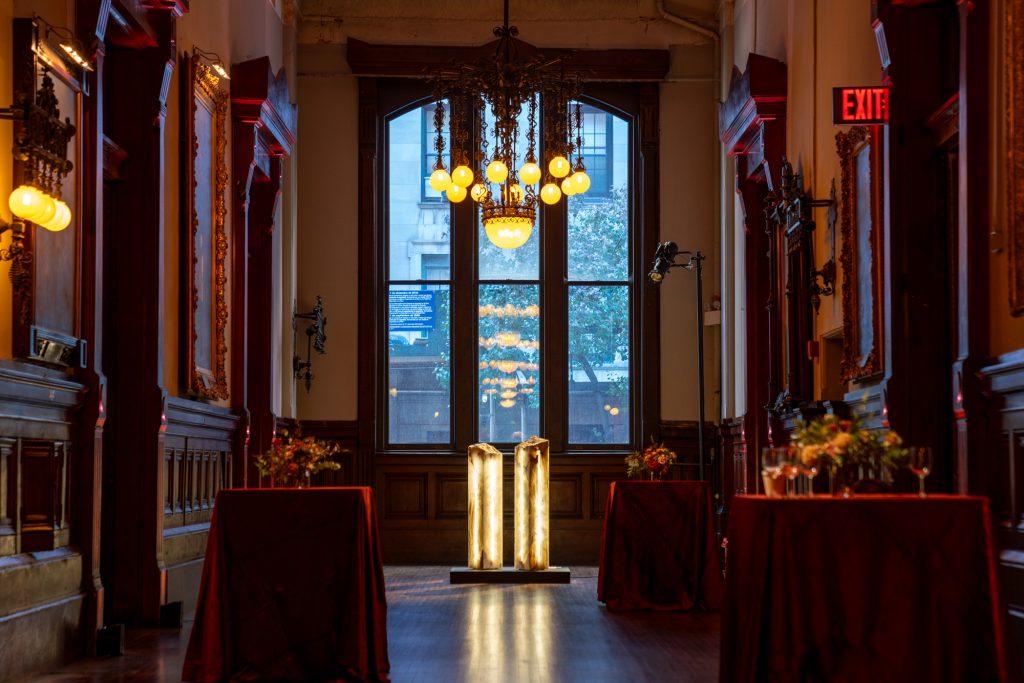

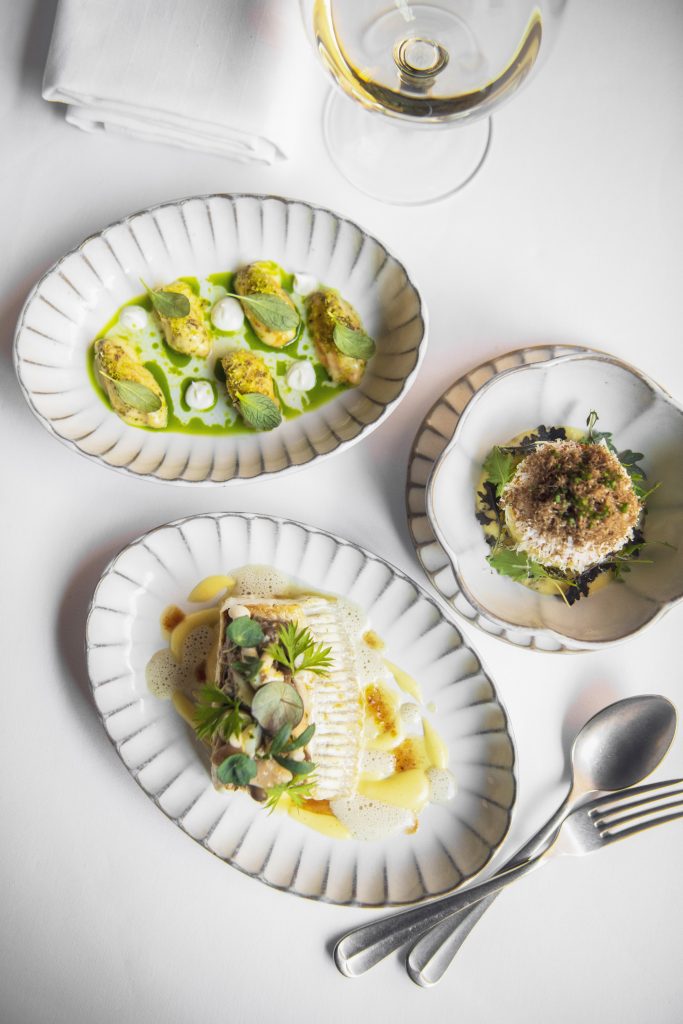
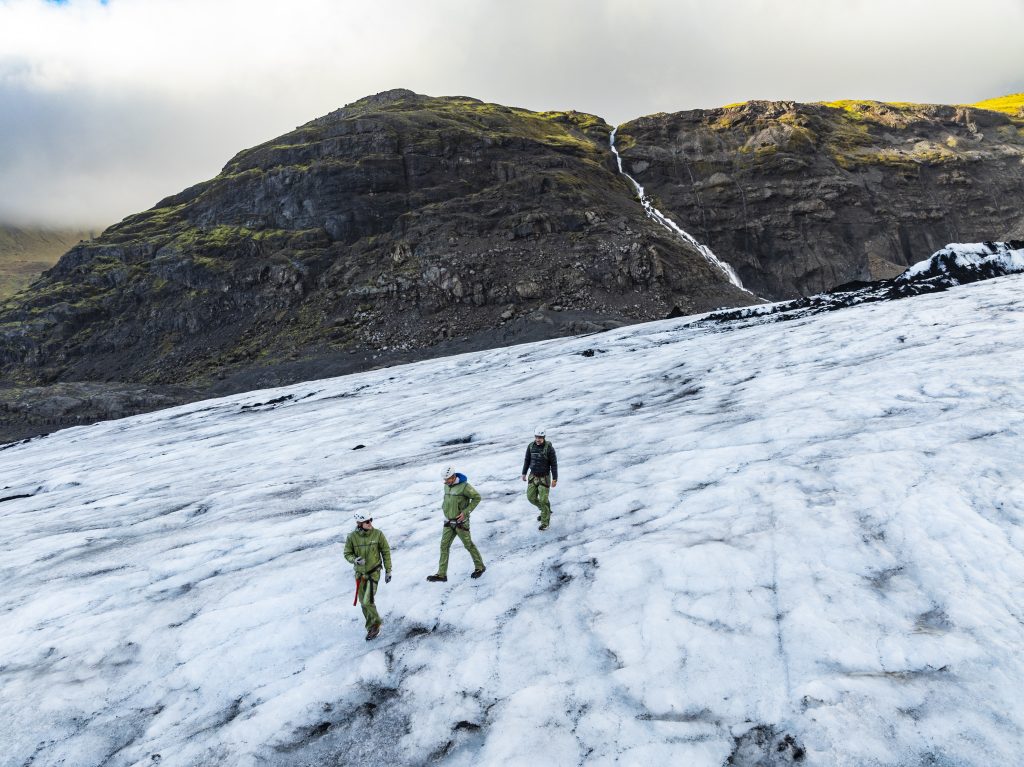

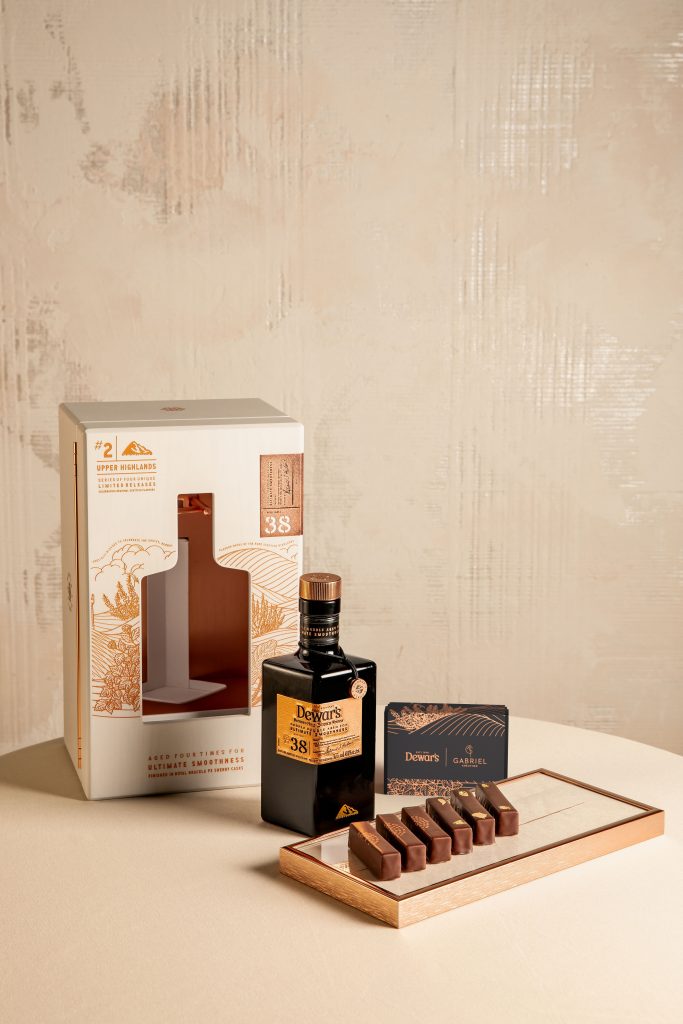
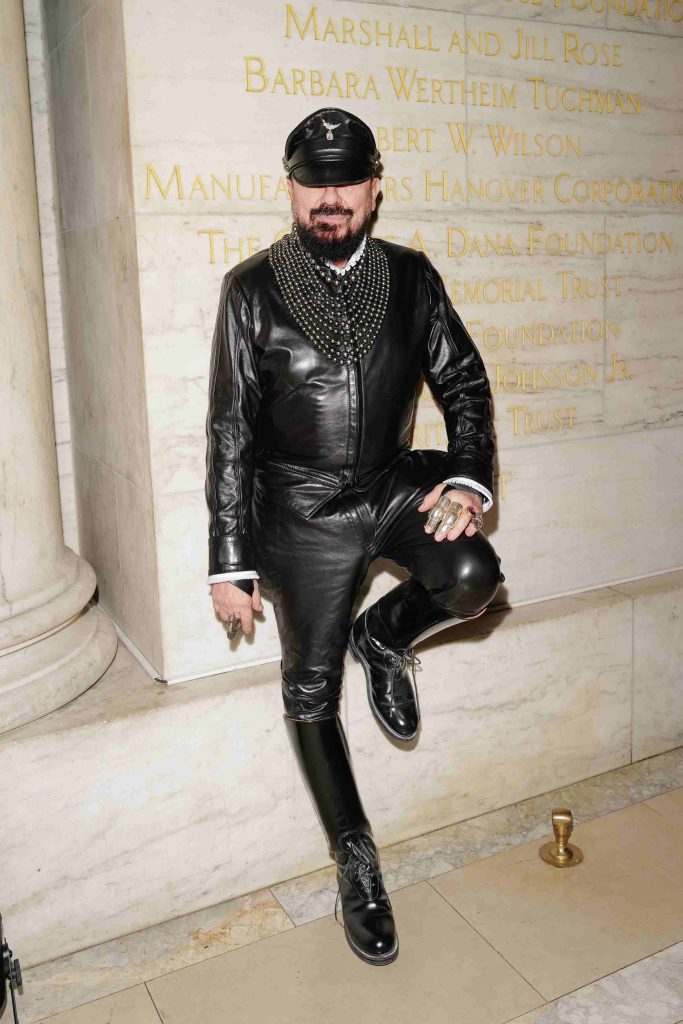
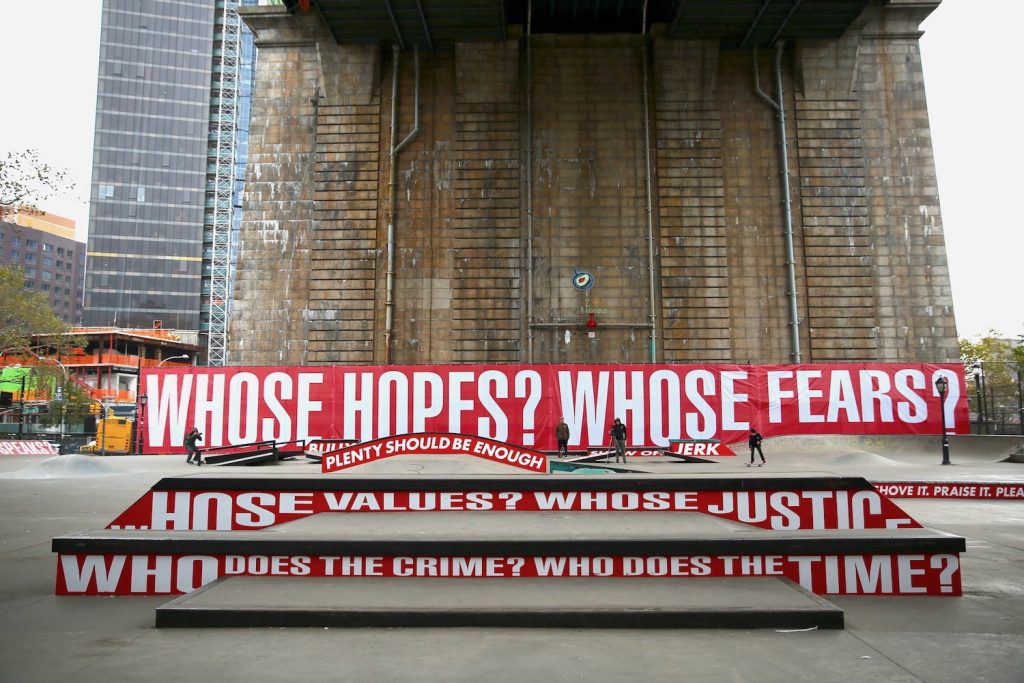

What are your thoughts?